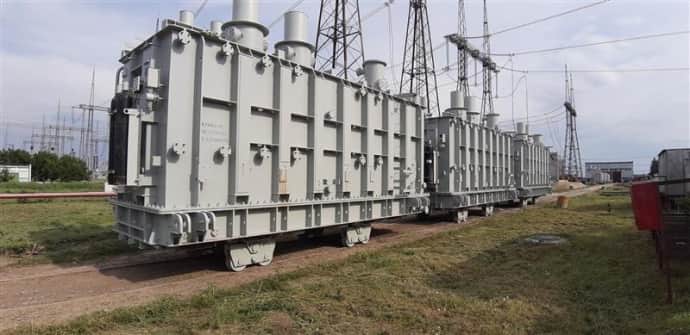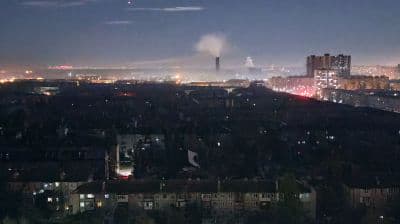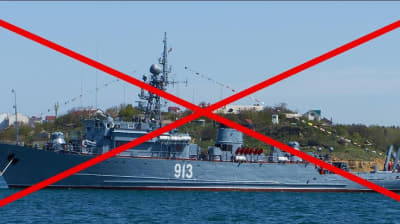Ukraine stores electricity transmission supplies abroad in expectation of winter attacks – The Economist

Preparing for a new attack on the energy system, Ukraine will manufacture or order 100 new high-voltage transformers to replace those destroyed by Russian attacks, most of them are stored abroad.
Source: The Economist
Quote: "One hundred new high-voltage transformers have been ordered, half to be produced domestically and half procured abroad; but attacks on Ukrainian factories have meant that few domestic ones have actually been made. As they arrive the foreign ones will be kept safe in Poland and Romania until they are needed," the article says.
The Economist writes that Ukrainian engineers did a good job. They have developed unique schemes for distributing electricity and equipment throughout the country.
Also, after the modernisation, many old but only recently decommissioned transformers remained in Ukraine, which can be reconnected if necessary.
Herman Halushchenko, the Minister of Energy of Ukraine, says Ukraine now has much experience dealing with large-scale attacks.
But he expects the Russians to also learn from their experience of "failing to disrupt the system". The country needs more air defence systems, Halushchenko says.
The Economist visited one of the power plants that was hit last year: a Russian missile headed straight for the engine room struck part of the plant's many power lines a fraction of a second before the strike, knocking it off course and thus saving the heart of the system. Russia has launched 8 missiles at this station since the beginning of the invasion.
Today, sand-filled bastions surround key elements throughout the power plant to protect them from shrapnel. But it will not help in the case of a direct hit. It is impossible to isolate high-voltage transformers in a concrete shell because they will overheat, the plant’s head says.
There is another problem.
The DTEK private company, which before the war produced about a quarter of all electricity in Ukraine, says that of the company's pre-war workforce of 60,000 workers, about 5,000 are now in the army. Today, 250 women in the company work underground in coal mines (women did not work underground before the war).
The Economist says that from 10 October until the end of December 2022, the average Ukrainian home was without electricity for an average of 5 weeks.
The damage caused by Russian aggression aimed at freezing Ukrainians last winter was enormous. A report by the United Nations Development Programme shows that in April 2023, energy generation capacity fell by 51% compared to the period before the Russian invasion in February 2022.
Nuclear energy constitutes the largest part of energy production in Ukraine. Although the three operating nuclear plants, still under Ukrainian control, were not directly attacked, Russia's seizure of the Zaporizhzhia Nuclear Power Plant resulted in a 44% drop in nuclear power plant capacity.
Background:
- On 21 September, Russia sent a wave of drones to attack the Ukrainian power system. Four-fifths of them were shot down.
- However, the Ministry of Energy claims that the attacks on the power system began two weeks before that.
Ukrainska Pravda is the place where you will find the most up-to-date information about everything related to the war in Ukraine. Follow us on Twitter, support us, or become our patron!







